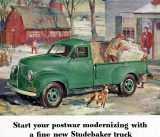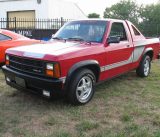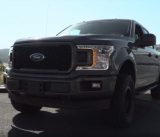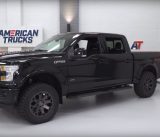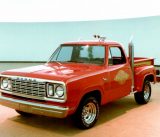The lineage of Jeep pickup trucks is longer than you think: The Willys 4×4 Truck, the Jeep FC, the quirky Commando, the Scrambler. The list goes on – but you’ve probably only heard of them in passing because they pale in comparison to the popularity of the conventional Wranglers and Jeep’s other models. Except for the Jeep Gladiator.
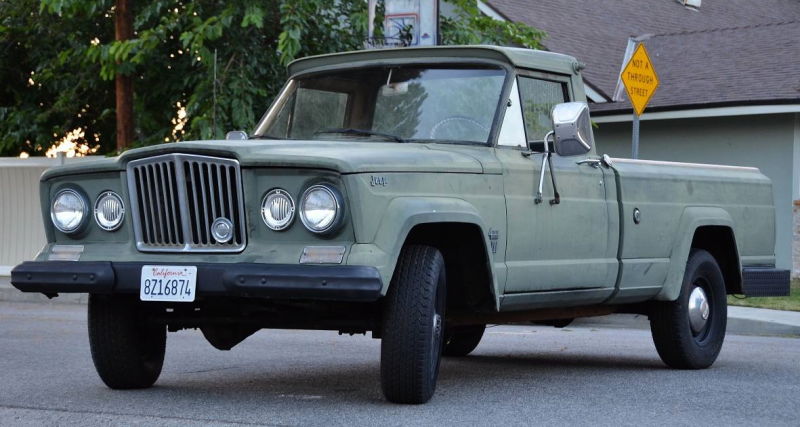
The Gladiator’s iconic Rhino Grille helped differentiate it from other pickups while retaining some Willys looks
Built in 1962, the Gladiator was already ahead of its time. While other truck makers swooned over big clamshell hoods, chrome, flareside fenders, and the bluegrass theme of the work truck, Jeep eschewed fartsy fanfare. The Gladiator was a mean, lean, cut and cubical 4×4 killer, a real military-esque machine made for civilian roads and trails.
Based on the large SJ, or Jeep Wagoneer in lay terms, the Jeep Gladiator sported a traditional body-on-frame design. But this was no station wagon with an open bed. Jeep built the Gladiator with the intention of offering civilians a proper pickup based on post-war U.S. Army trucks. The Gladiator certainly lived up to its name.
Jeep’s pickup came available with a short (J200) or long (J300) wheelbase measuring either 120” or 126”. The Gladiator was made available with plenty of mechanical options at a time when other truck makers were lacking. Prospective buyers could opt for a solid front axle or independent front suspension.
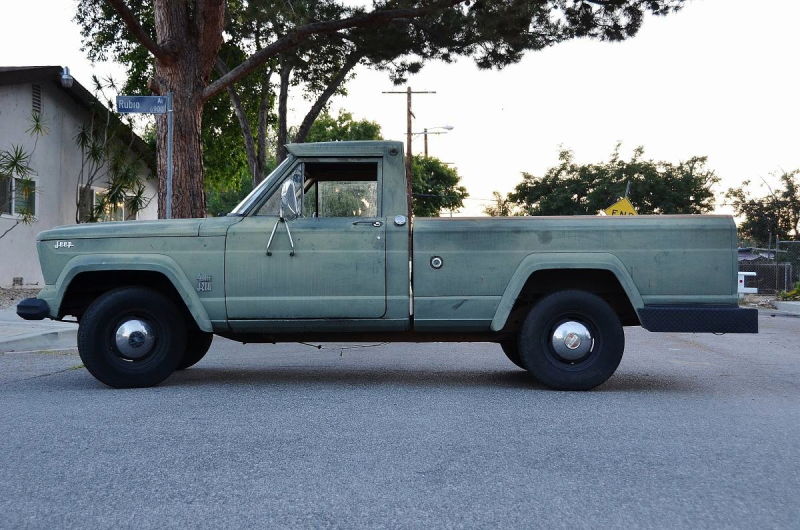
While other 60’s pickups were stylized and rounded, the Gladiator was a cut up, purely utilitarian off-road warrior
Rear-wheel-drive and 4WD were available, with power made by the venerable yet new-at-the-time Tornado I6. The new Tornado motor featured an overhead cam that helped make 140 horses, while industry-first automatic transmissions, the Borg-Warner AS-8W or GM THM400, were optioned. These couldn’t even be found on current Fords, GMs, or Internationals at the time. In this small but profound drivetrain detail, we find how Jeep saw the future of the pickup: A user-friendly recreational vehicle. AMC’s other inline-6 motors and eventually the beefy 5.4L, 5.7L, 5.9L, and monstrous 6.6L V8s were also made available.
The Jeep Gladiator was an instant hit and boasted 29 years of continuous production with only minor mechanical upgrades through its trim packages and generations. The military loved the concept and design of the Gladiator so much that Kaiser Jeep won a contract with the U.S. Army. The firm produced the Gladiator as the M715, a 4×4-only cargo and troop carrier. The design and functionality worked so well overseas that the M917 is still in production for the South Korean Army by the Kia motor company.
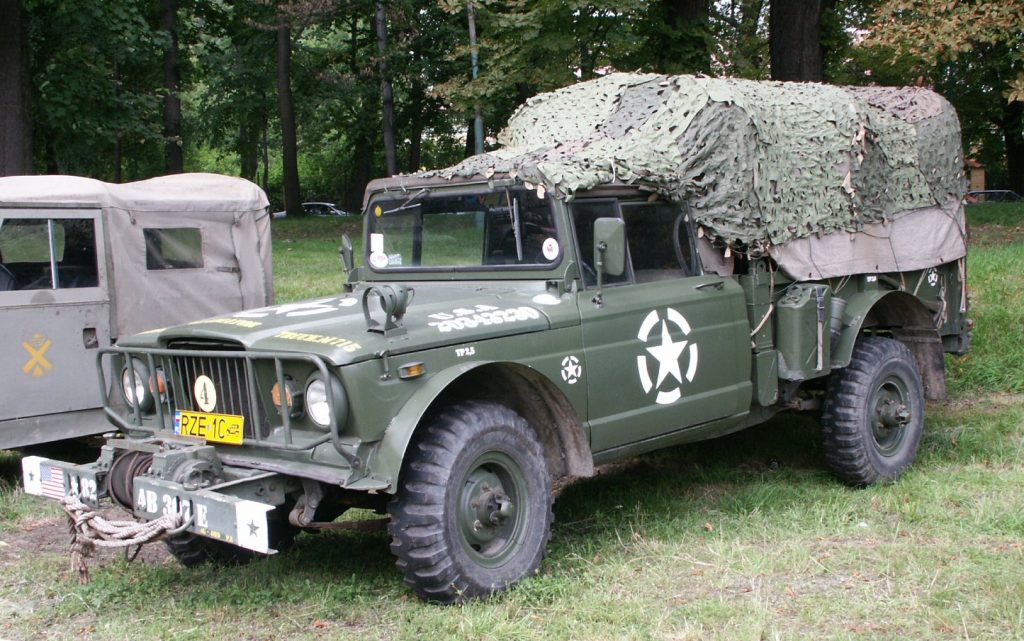
The Army’s 4×4 M715 is built on the Gladiator chassis, sporting the Tornado I6 and Warner T98 transmission.
But why, exactly, did Jeep make the Gladiator? Sure, there was a market for civilian-made military trucks, but the CJ seemed to satisfy that market – though not entirely. While the CJ was a workhorse, do-anything mud machine, it was relatively small and incapable of carrying much cargo. Meanwhile, the Jeep SJ gained favor with family men and traveling folks who enjoyed beach visits. Jeep saw a void in between their two popular vehicles. They knew they could bring to market a full-size pickup with more options and better performance than what Chevy, Ford, and Dodge put up for sale.
The Jeep Gladiator got the job done mechanically and managed to separate itself aesthetically from the crowded pickup truck market. We’re confident the Gladiator’s famous “Rhino Grille”, designed by Brooks Stevens, had something to do with it. The Gladiator name was ditched in 1971, with the line rebranded simply as the Jeep Pickup until it was discontinued in 1988. This was likely due to stiff competition from Chevy’s smaller C-series truck’s and Ford’s Ranger.
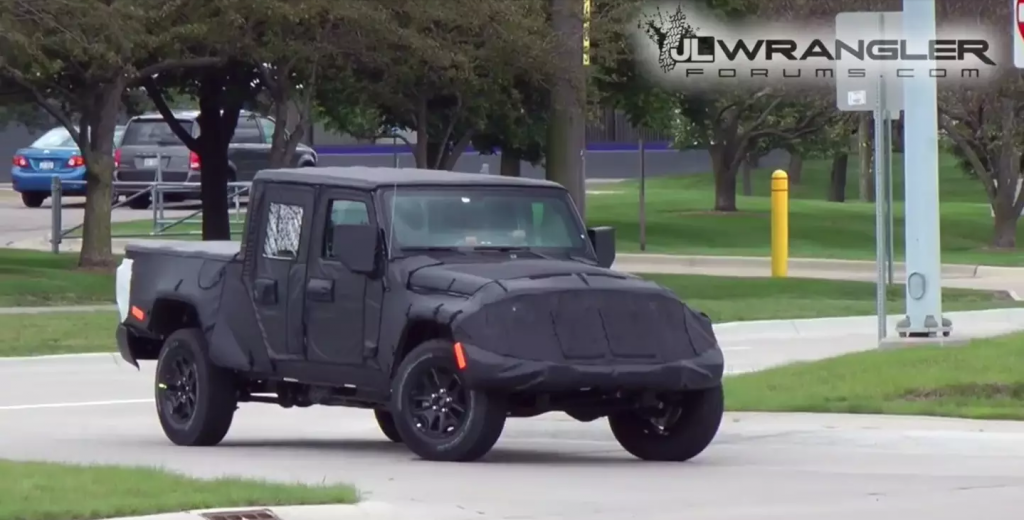
Jeep is finally producing a new pickup based on the Wrangler, nicknamed the Scrambler (Courtesy of JLWrangler Forums)
That’s okay, though, because demand for a Jeep pickup never truly died off. After years and years of trickery and false hope, CEO Mike Manley says a Wrangler pickup is really, truly, for-real-this-time happening. Production is expected to start in late 2019. Stay tuned, because we’re just as excited as you are.

